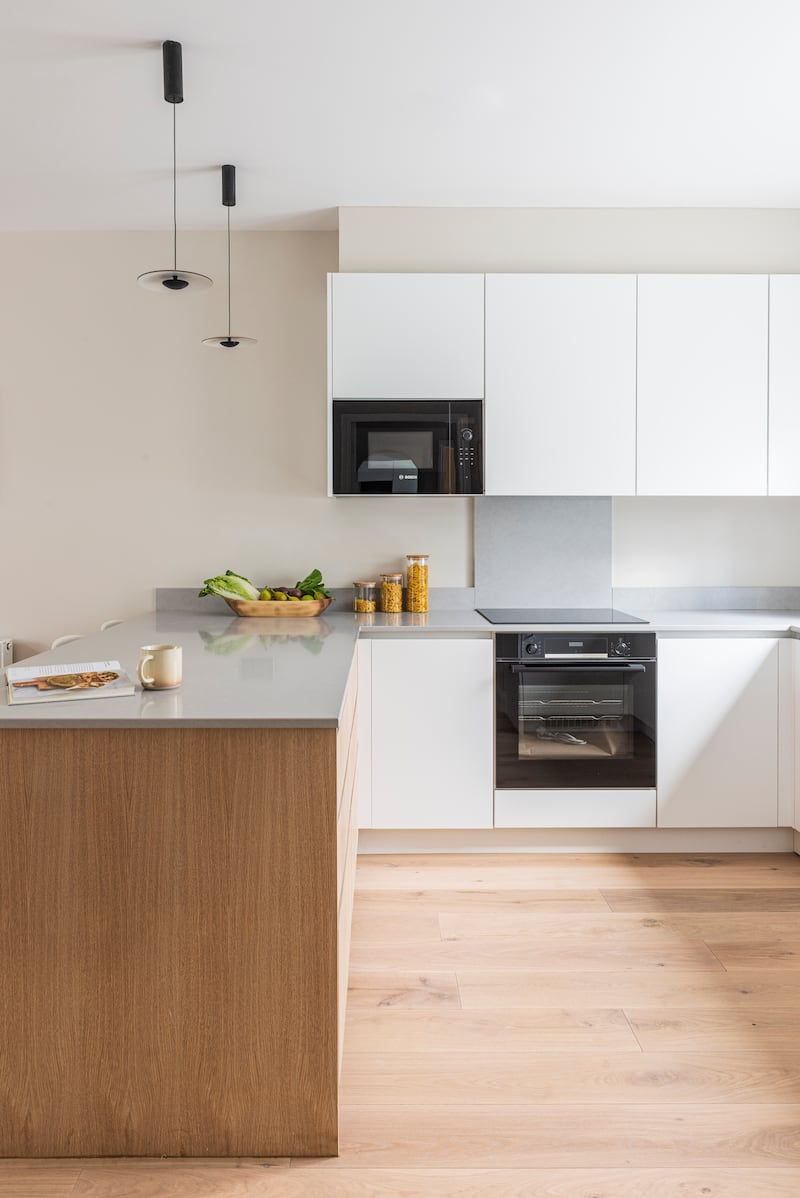Embarking on a home renovation or extension project is a daunting experience, even for the most seasoned renovator. I know first-hand from renovating my home a number of years ago what my clients have to deal with, especially when managing costs. But for anyone tackling a project for the first time, the process can be full of hidden budgeting pitfalls. Here are some of the most common ones to watch out for so you can tackle your home transformation like a pro.
Construction costs
Construction costs are continuously rising, posing a significant challenge for homeowners planning renovations as initial budget estimates may no longer align with current market rates. Consulting with professionals such as quantity surveyors, architects or contractors can provide valuable insights into cost-saving measures and alternative materials without compromising quality.
Regularly checking in on costs throughout the project’s planning and execution phases is also essential. Costs can change over time, and what might have been a reasonable estimate at the project’s outset could significantly differ months down the line. For instance, if you received a cost estimate before planning, you might find that costs have risen substantially by the time you send your drawings out to contractors for pricing four or six months later.
By staying vigilant and updating cost projections at regular intervals, you can avoid unpleasant surprises and better manage your budget throughout the renovation process.
‘There are times I regret having kids. They’re adults, and it’s now that I’m regretting it, which seems strange’
Cillian Murphy: ‘You had the Kerry babies, the moving statues, no abortion, no divorce. It was like the dark ages’
The Dublin couple who built their house in a week
John Creedon: ‘I was always being sent away, not because they didn’t love me, but because they couldn’t cope’
Underestimating core costs

Another common budget planning pitfall is underestimating core construction costs. It’s crucial to understand what’s included in the builder’s price and what items you must pay for separately. Typically, the builder’s price will cover construction, electrical and plumbing works, internal doors, finishes, and sanitary ware fitting. However, it often excludes windows, kitchens, bathroom fittings or finishes.
Obtain at least two quotes and analyse and compare them before making your decision. Create a clear brief and outline the project’s scope of work for each contractor to ensure you’re comparing like-for-like.
When choosing a contractor, avoid hiring the first contractor you meet or hire one based on availability alone. Never choose a contractor based solely on price, as the lowest bid may not always be the best choice. Remember to check references, speak with previous clients, or visit completed projects.
Varied costs
Kitchens, bathroom fittings, flooring and joinery are usually the most exciting parts of any home renovation project, as these are the elements you’ll see and use daily. But, keep in mind costs can vary greatly depending on what you choose. To avoid budget surprises, it’s essential to research and set aside enough money for your fittings and finishes.
Start by getting a good idea of how much things might cost, then create a budget that works for you. Contact a few trusted suppliers for quotes to compare prices and ensure you’re getting the best bang for your buck.
[ Touch, smell and taste: how to create a home that delights the sensesOpens in new window ]
Another essential thing to remember is to finalise your fixtures and fittings before your builder starts. With prices and supply constantly changing, locking in these decisions early will help you stay on budget and keep everything moving smoothly. Plus, you won’t have to stress about making last-minute choices during construction.
Contingency planning
No matter how carefully you plan, unexpected surprises and expenses can pop up during a renovation. That’s why setting aside a contingency budget is a good idea. The amount should be about 10 per cent of your total construction costs to cover any unforeseen expenses.
This financial cushion can relieve stress and help you tackle unexpected challenges without cutting corners or messing with your timeline. By including a contingency budget in your plan, you can feel confident and prepared as you embark on your renovation journey.
Hidden cost of kitchens
Kitchen renovations are one of the most popular home improvement projects and are notorious for sneaky, hidden costs. Removing old fittings, installing new appliances, and making electrical upgrades can add up. To keep these costs in check, start by taking a good look at your kitchen space and trying to spot potential expenses that might be hiding. Then, set aside some extra funds to cover those surprises. Working closely with your contractor and suppliers will also help you avoid these hidden costs and keep your renovation on track.
When picking out kitchen accessories and countertops, think about both aesthetics and budget. Special finishes, countertop materials and installation costs can impact your wallet. Do your research, get detailed quotes, and focus on the features that matter most to you. This way, you can make the most of your budget and get the kitchen of your dreams without breaking the bank.
[ How to embrace maximalist design in small spacesOpens in new window ]
Changing plans
It’s easy to get caught up in new ideas and want to change or add things during a renovation. While refining your vision along the way is normal, remember, changes made mid-project can lead to extra costs and delays.
To avoid this, try to finalise your design plans before construction starts. Be upfront with your contractor about any changes you might want. Clear communication will help keep things running smoothly, save you time, and prevent budget overspending.





